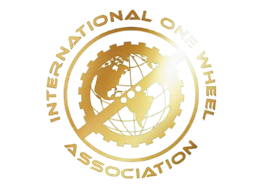The rapid growth of the one wheel community has brought with it a new generation of riders eager to push the limits of what’s possible. But with greater speed and complexity comes a greater responsibility—to ride safely, intelligently, and respectfully. That’s where training and education step in. These two pillars not only reduce the risk of accidents and injury, but also shape better habits, boost confidence, and deepen riders’ connection to their boards and the community.
Safety starts with knowledge. Many new riders underestimate how much skill it takes to ride well, especially at higher speeds or on challenging terrain. Learning the basics—like mounting, dismounting, balance control, and braking—is essential before jumping into tricks or group rides. Through structured training, whether in-person or online, riders can build solid foundations and avoid the most common mistakes that lead to falls or equipment damage. A safer rider is not only better protected—they’re also more in control and less likely to endanger others.
Education also leads to smarter decision-making. Understanding how a one wheel works—its sensors, battery management, and safety features—allows riders to better care for their equipment and detect early signs of malfunction. For example, learning how pushback works or how to monitor tire pressure can prevent serious issues. Riders who are educated about terrain types, weather conditions, and how to adjust their style accordingly are less likely to find themselves in dangerous situations. Knowledge empowers smarter riding.

Just as importantly, training helps foster a positive riding culture. Riders who learn from mentors or formal classes are often more respectful of shared spaces and community etiquette. They’re more likely to wear safety gear, help newcomers, and represent the sport in a positive light. This ripple effect strengthens the public image of one wheeling and encourages broader acceptance—from city planners to law enforcement to concerned pedestrians. In this way, safety and education don’t just protect individuals; they help grow the community in a healthy, sustainable way.
As the one wheel scene continues to evolve, accessible education should remain a top priority. From YouTube tutorials and online safety campaigns to local workshops and rider certification programs, every opportunity to teach is an opportunity to protect and uplift. When riders are equipped with the right skills and knowledge, they ride not only with freedom—but with responsibility. That’s how we create a future where every ride is smarter, safer, and more enjoyable for all.

